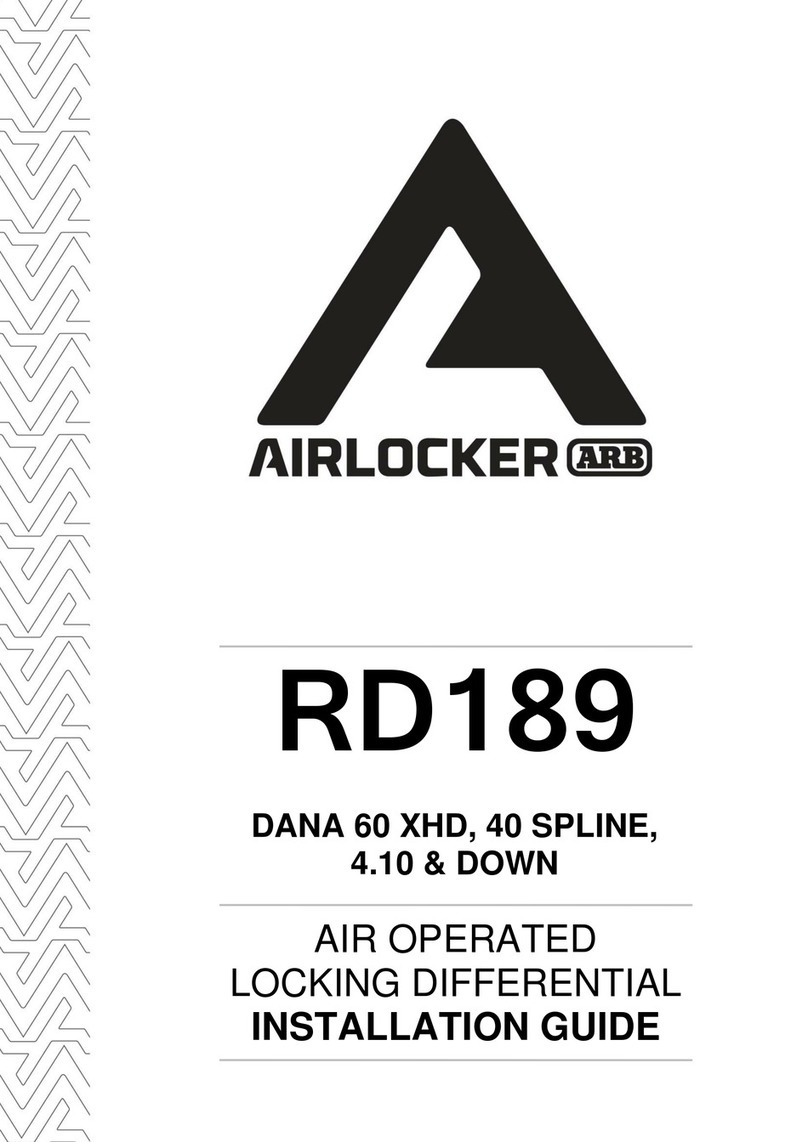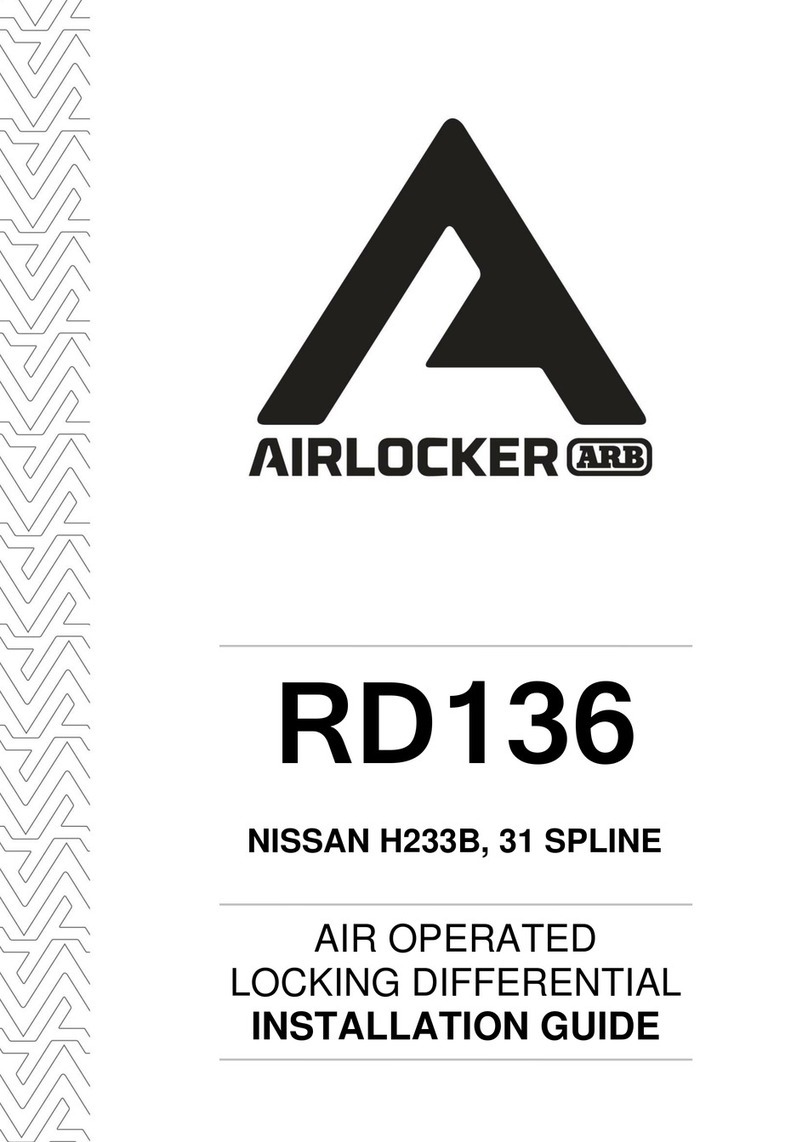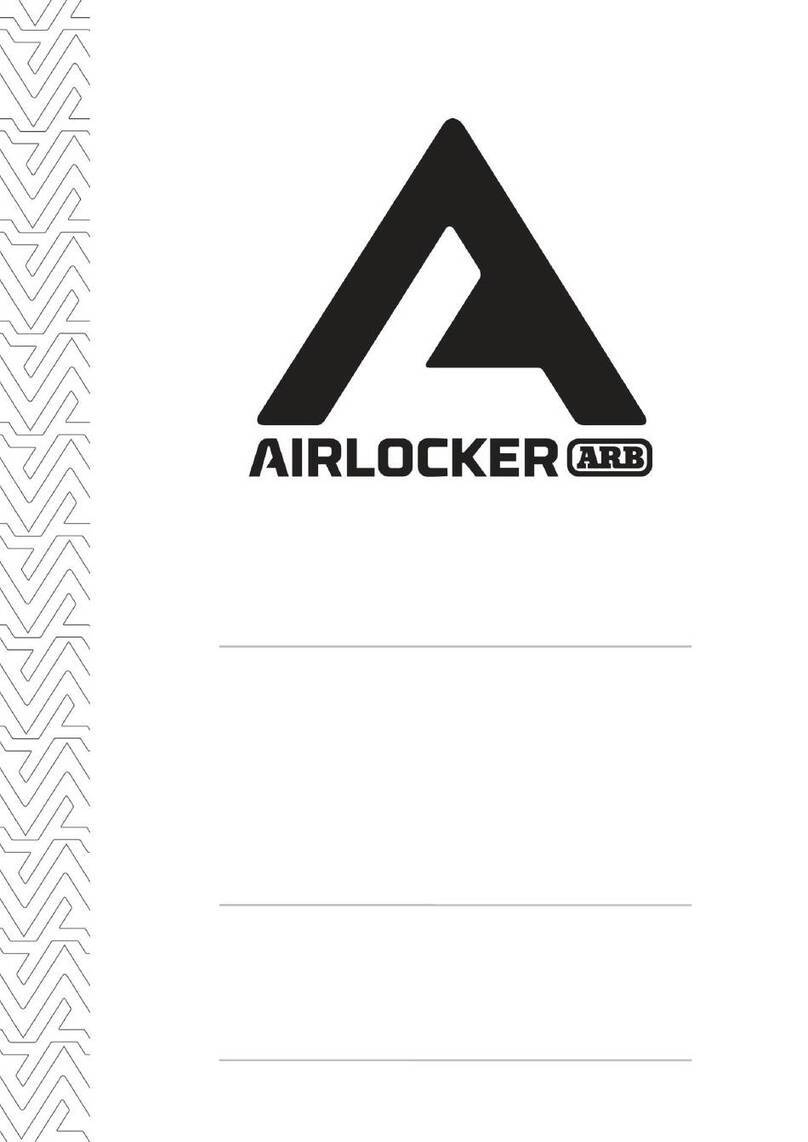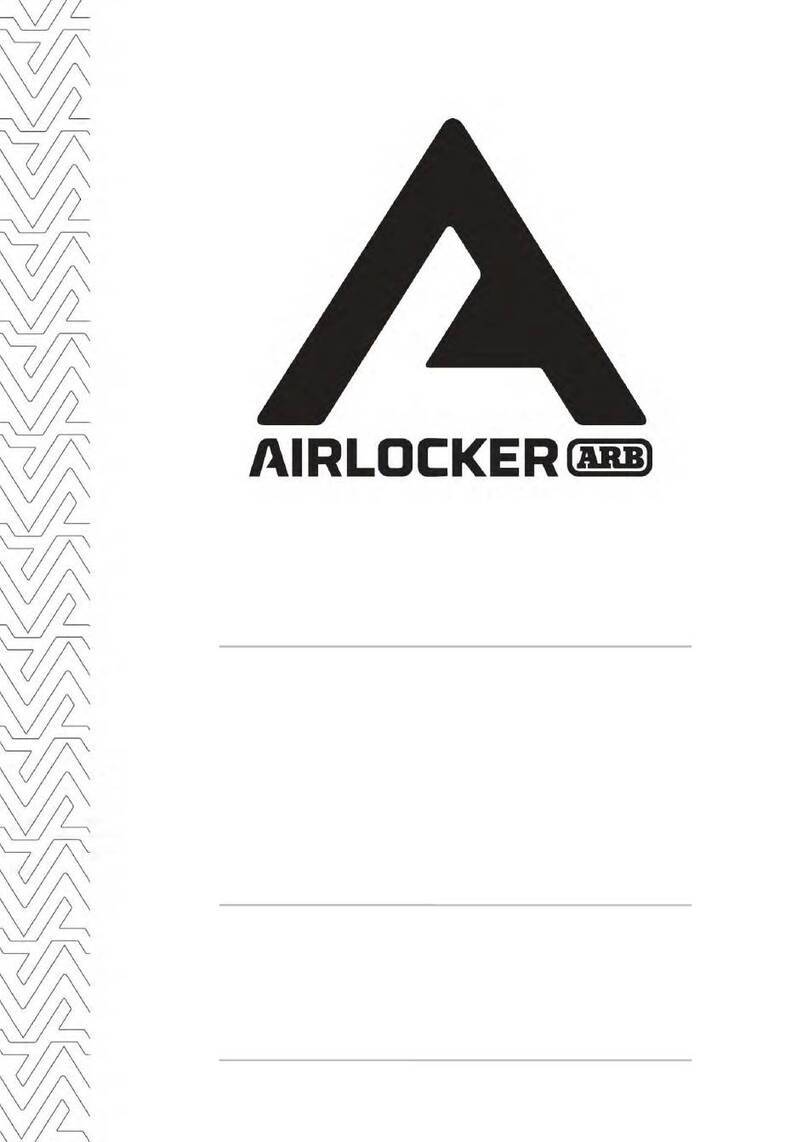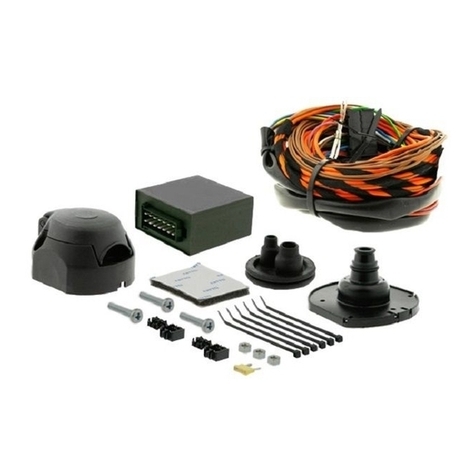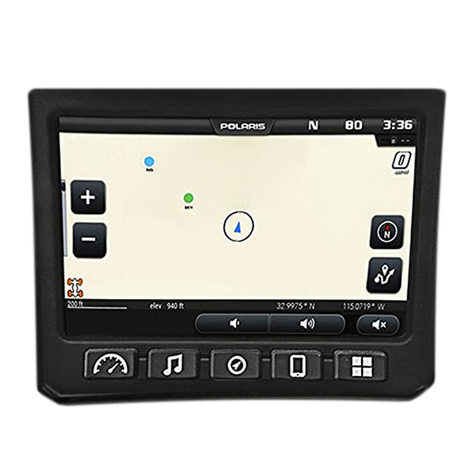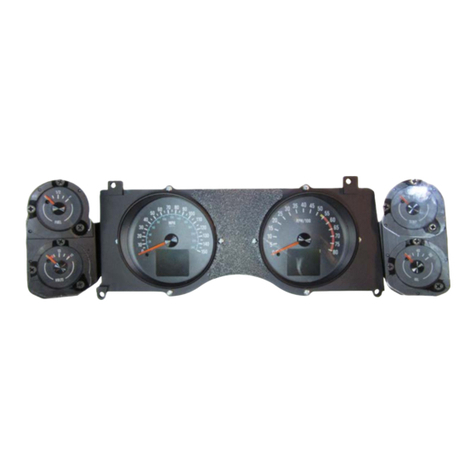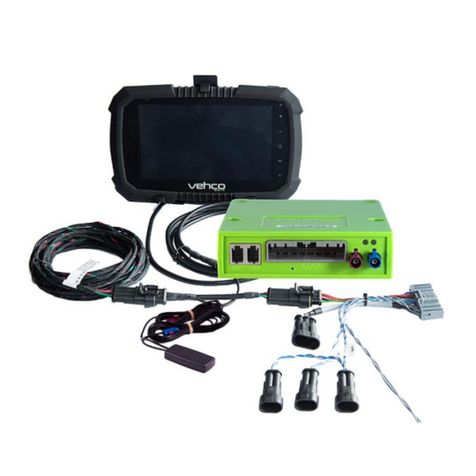ARB RD121 Operating and maintenance instructions




















Table of contents
Other ARB Automobile Accessories manuals
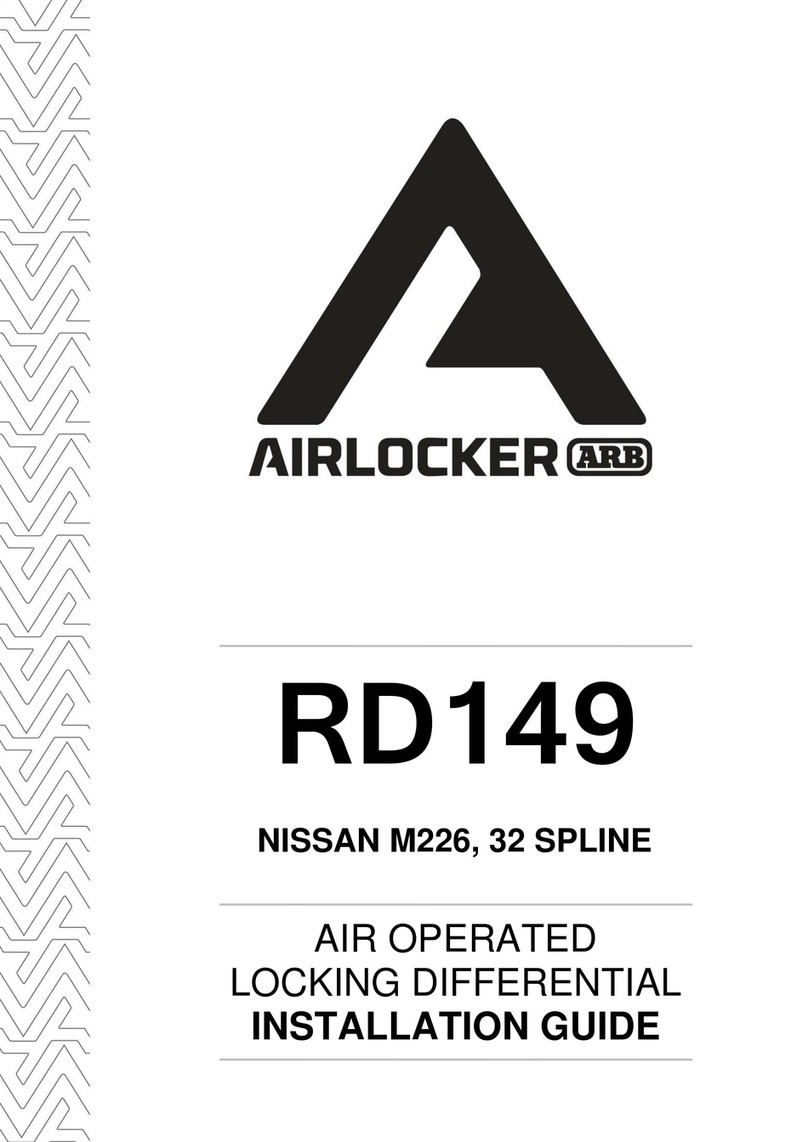
ARB
ARB Airlocker RD149 User manual
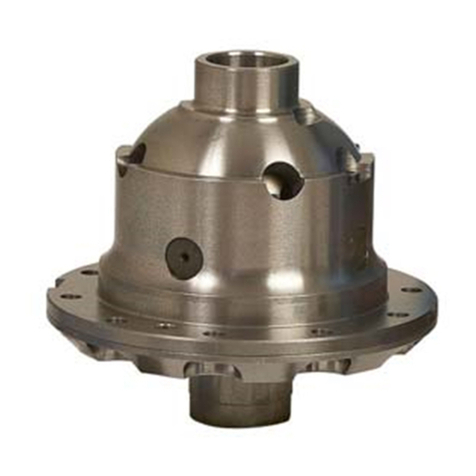
ARB
ARB RD116 User manual
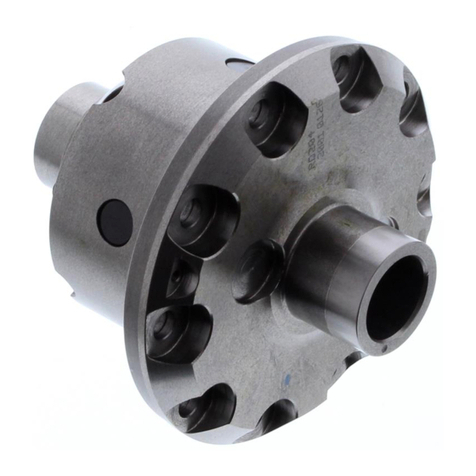
ARB
ARB Air Locker RD204 User manual
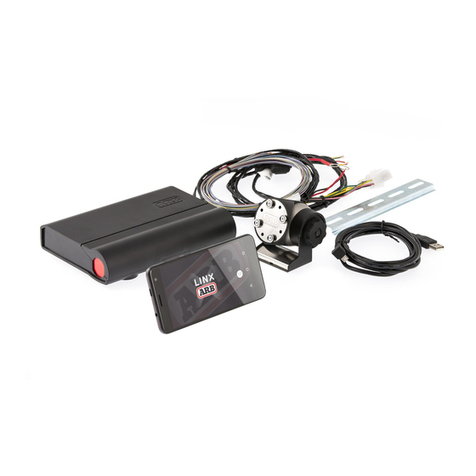
ARB
ARB LINX LX100 User manual
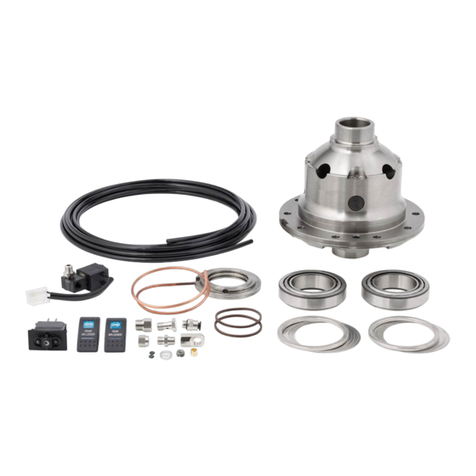
ARB
ARB AIRLOCKER RD109 User manual
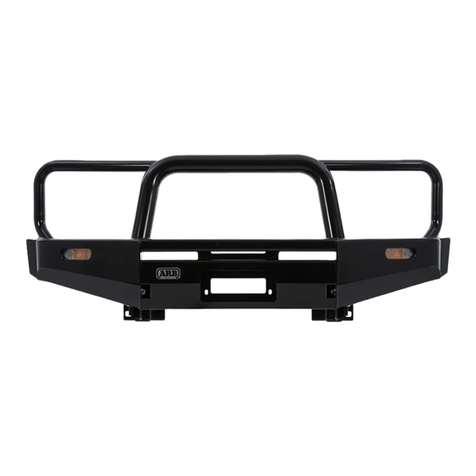
ARB
ARB 3414470 User manual
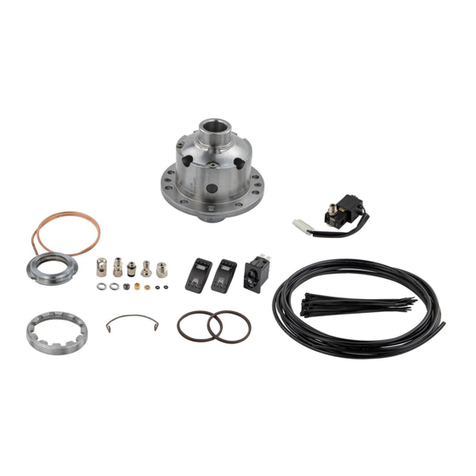
ARB
ARB AIRLOCKER RD208 User manual
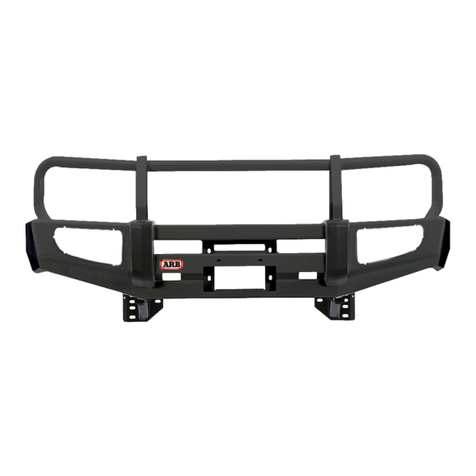
ARB
ARB 3424010 User manual
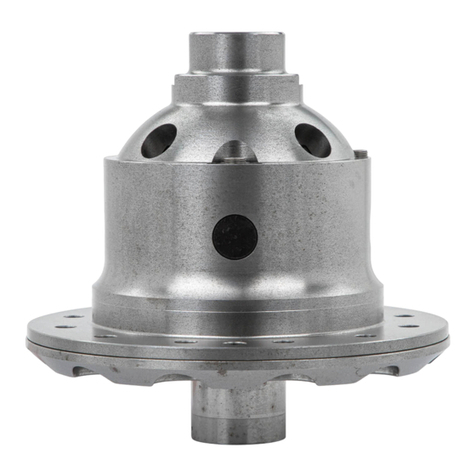
ARB
ARB AIRLOCKER RD216 User manual
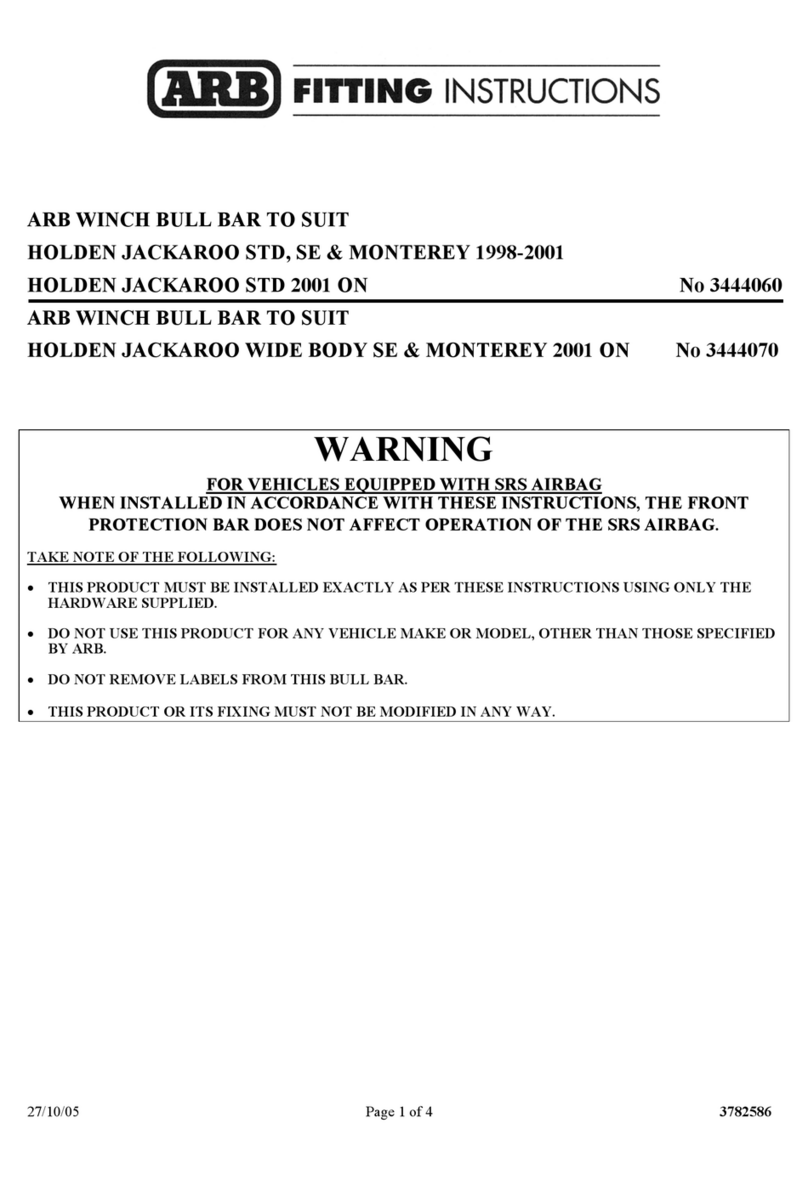
ARB
ARB 3444070 User manual

ARB
ARB Airlocker RD232 User manual

ARB
ARB Airlocker RD214 User manual
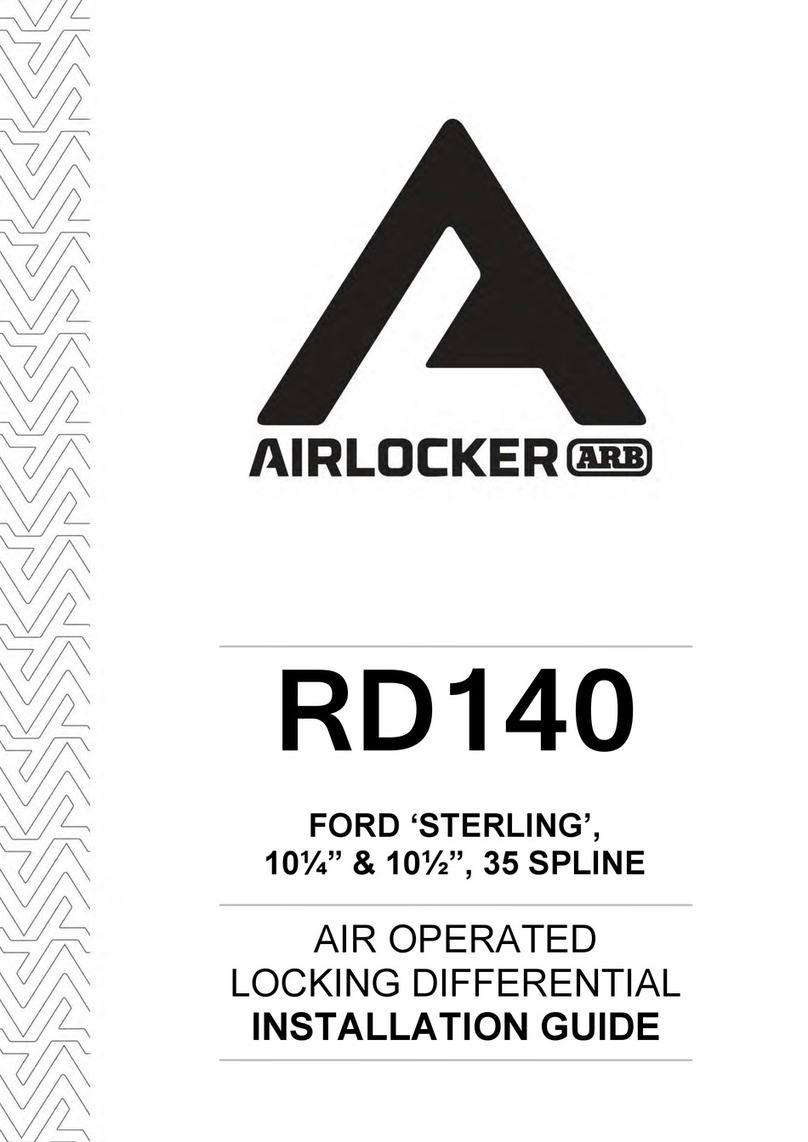
ARB
ARB Airlocker RD140 User manual
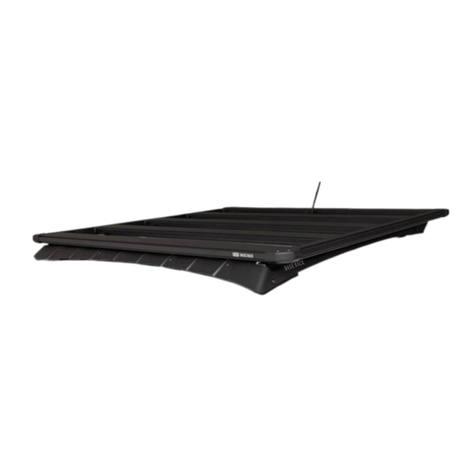
ARB
ARB 17940080 User manual
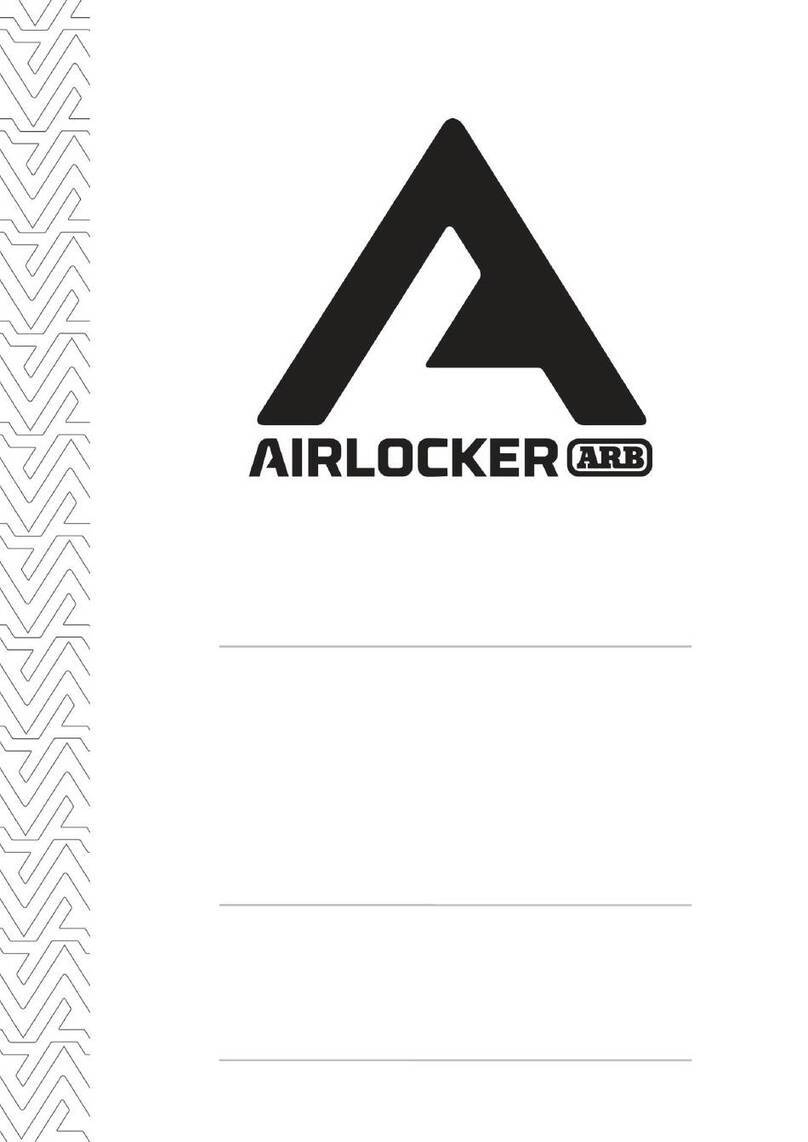
ARB
ARB AIRLOCKER RD170 User manual
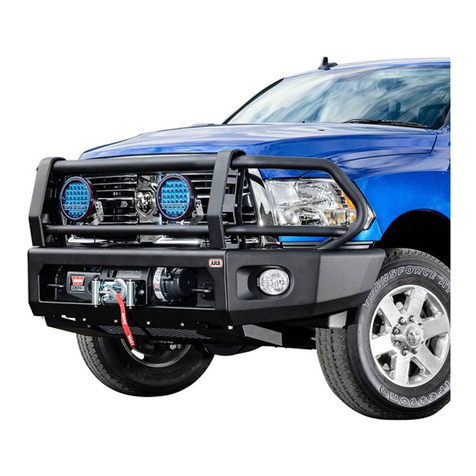
ARB
ARB 2237010 User manual
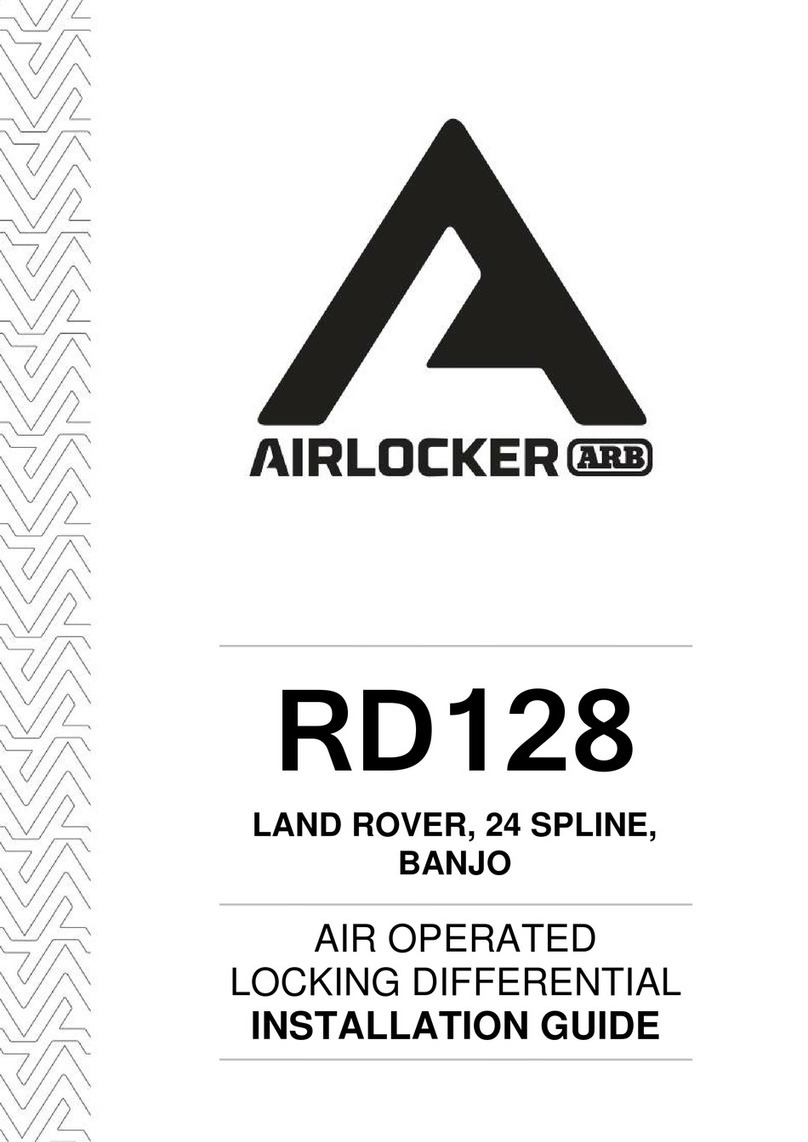
ARB
ARB AIRLOCKER RD128 User manual

ARB
ARB AIRLOCKER RD168 User manual
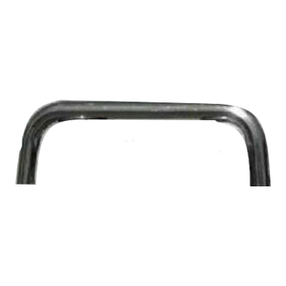
ARB
ARB 3917140 User manual
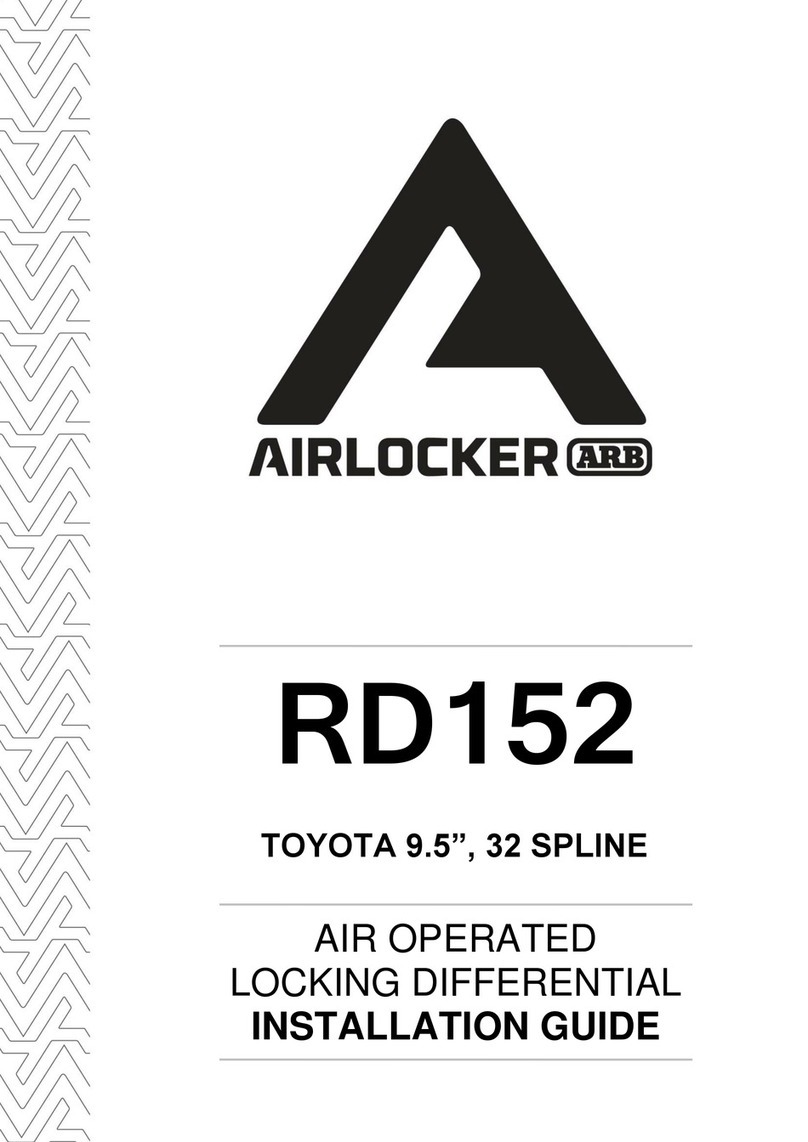
ARB
ARB Airlocker RD152 User manual
Popular Automobile Accessories manuals by other brands
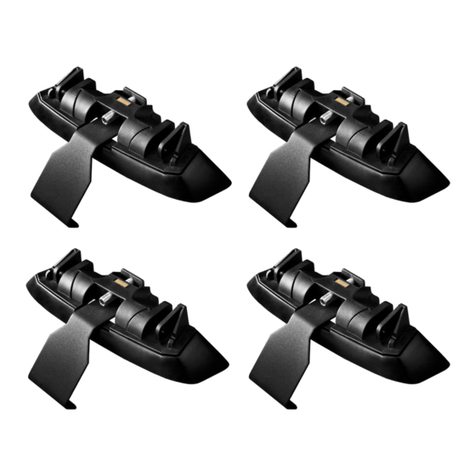
Whispbar
Whispbar K392W Fitting Instructions for Basic Carrier

NavLinkz
NavLinkz RL4-UCON8-LV manual
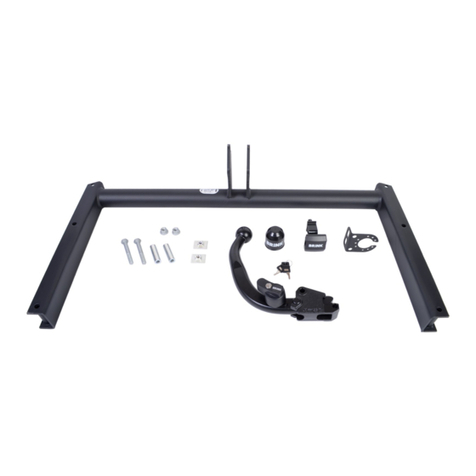
Brink
Brink 4926 Fitting instructions
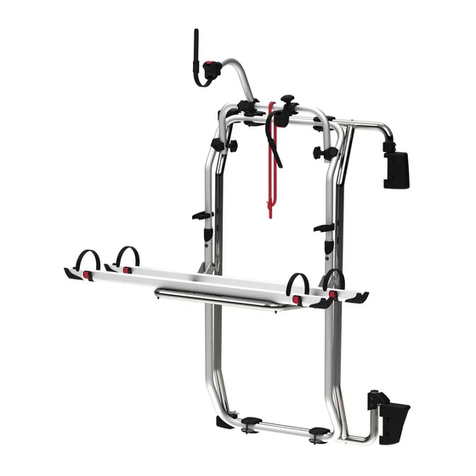
Fiamma
Fiamma 08753-01 Installation and usage instructions
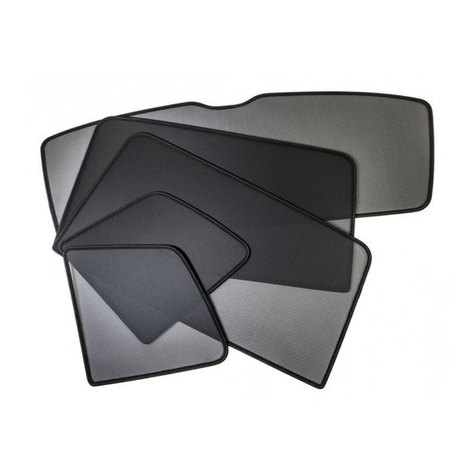
ClimAir
ClimAir Sonniboy installation instructions

Roadmaster
Roadmaster Falcon 2 Owner's Manual & Installation Instructions
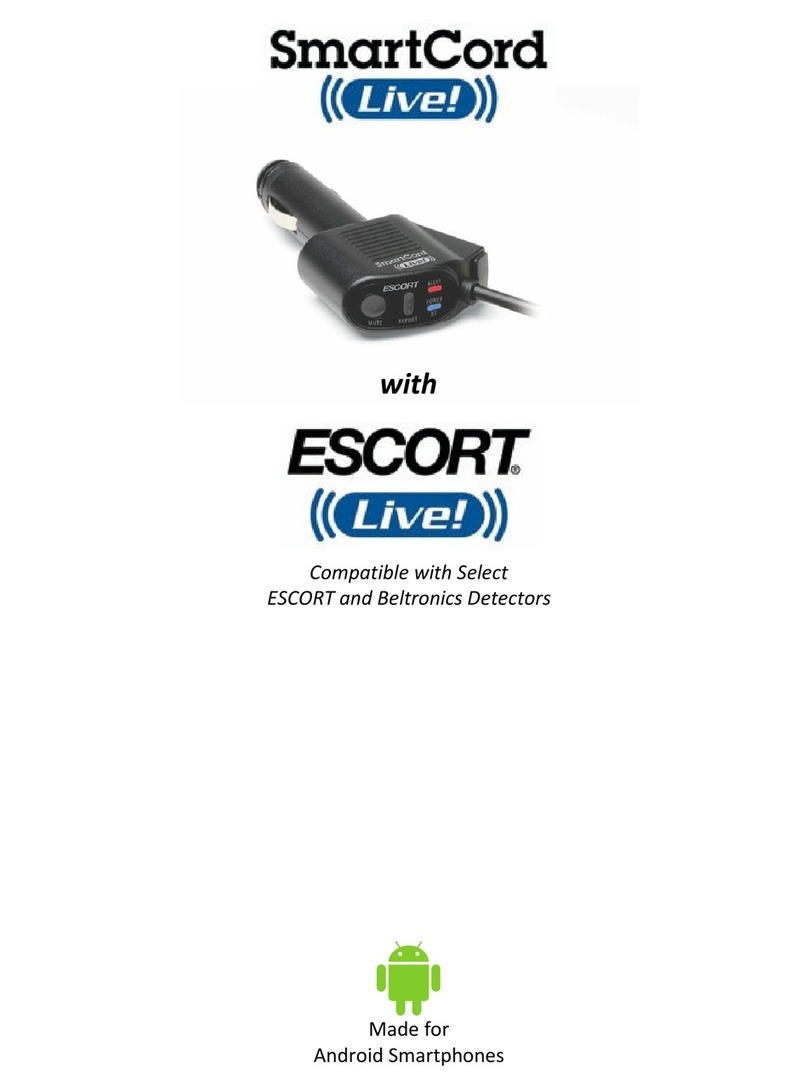
Escort
Escort SmartCord Live user guide

SAN HIMA
SAN HIMA SH-TENT-SY20 user manual
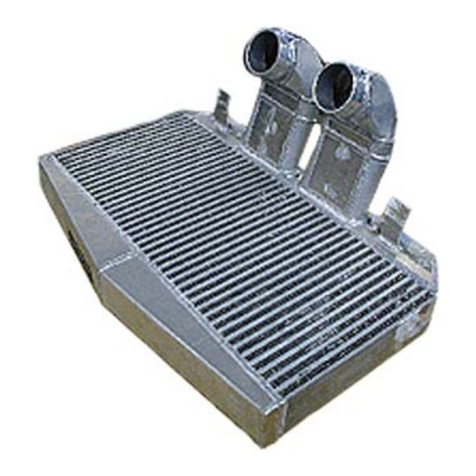
Paxton Automotive
Paxton Automotive 1300001 installation manual
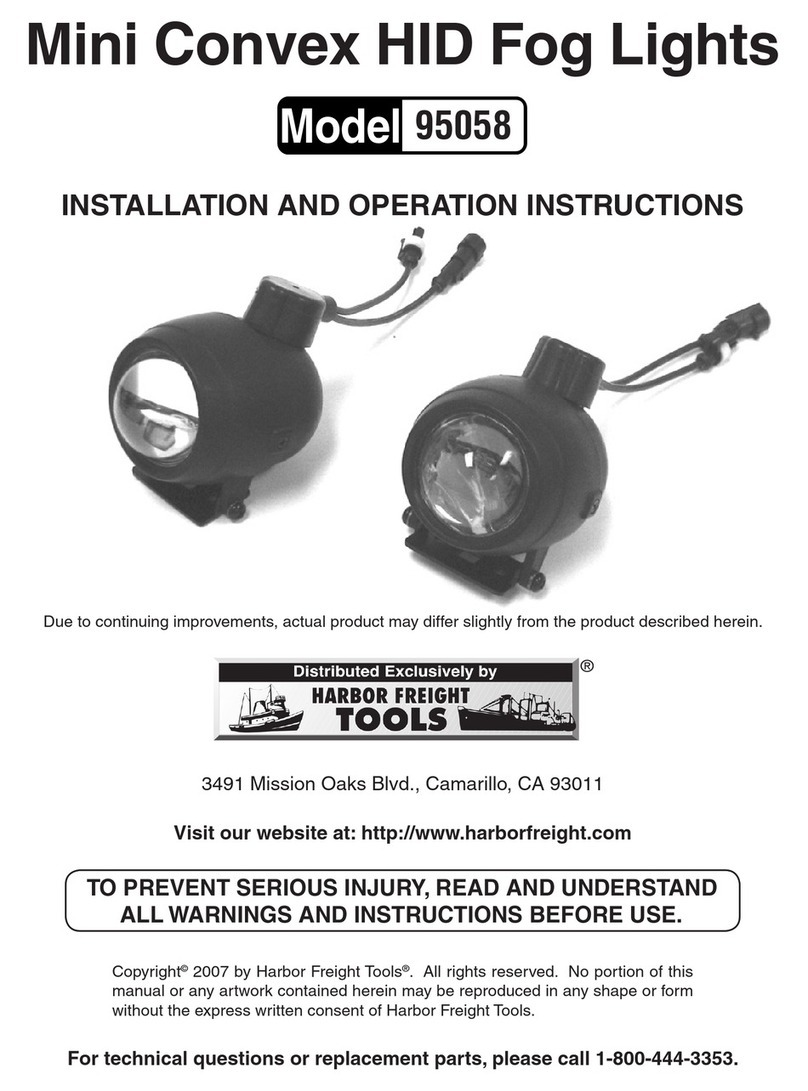
Harbor Freight Tools
Harbor Freight Tools 95058 Installation and operation instructions
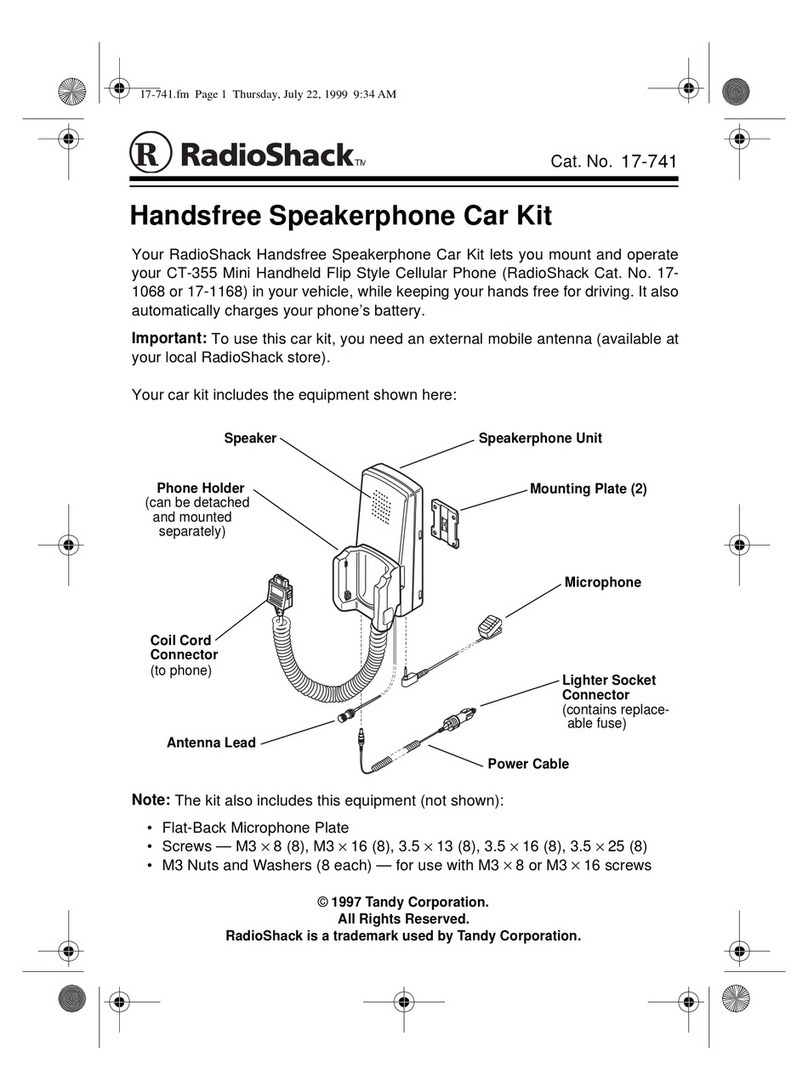
Radio Shack
Radio Shack 17-741 user manual
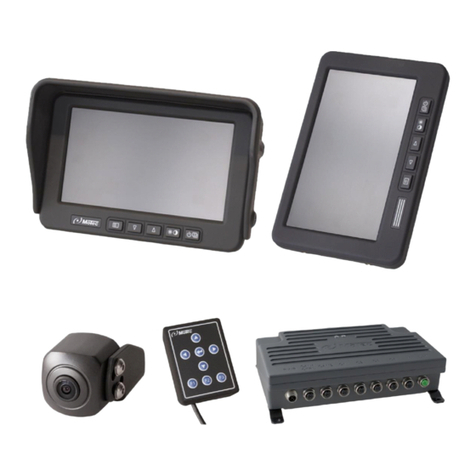
Motec
Motec MVCD1000-x installation instructions
